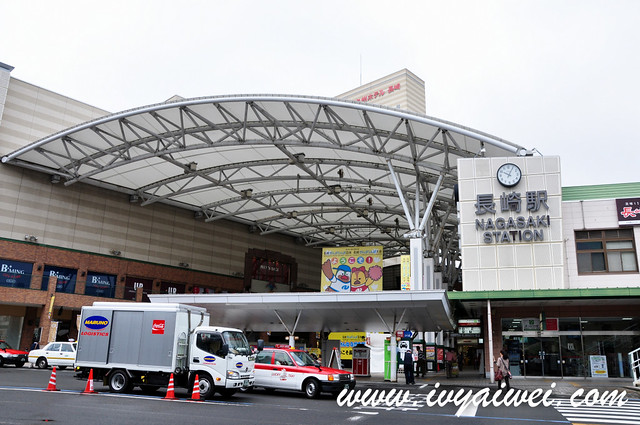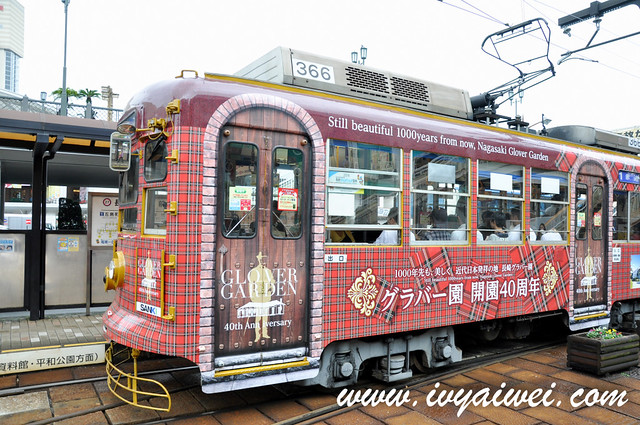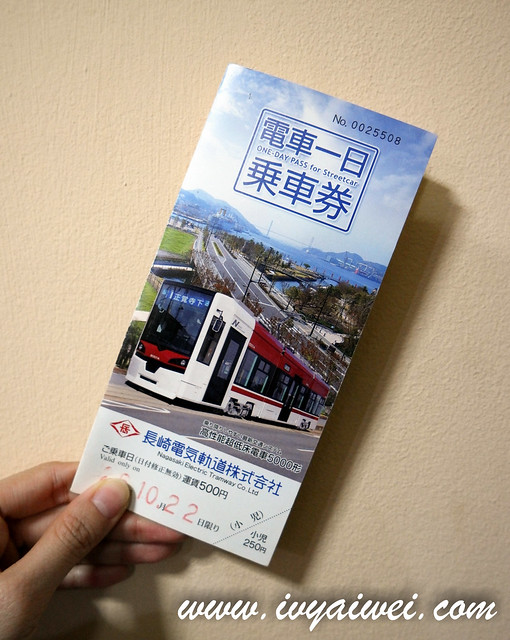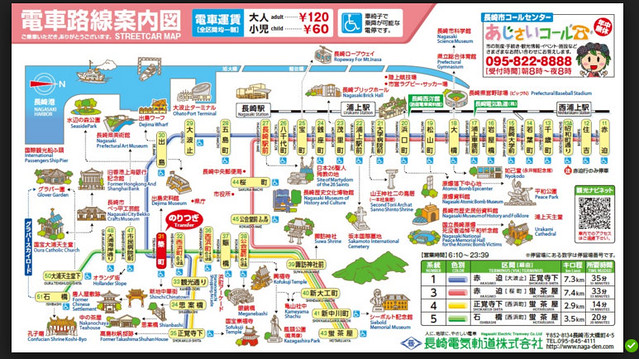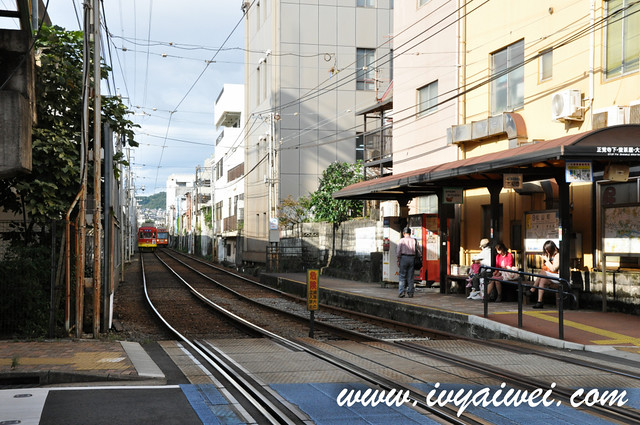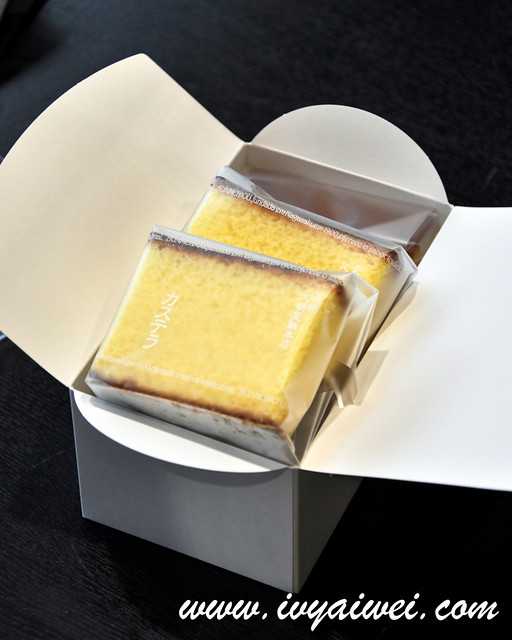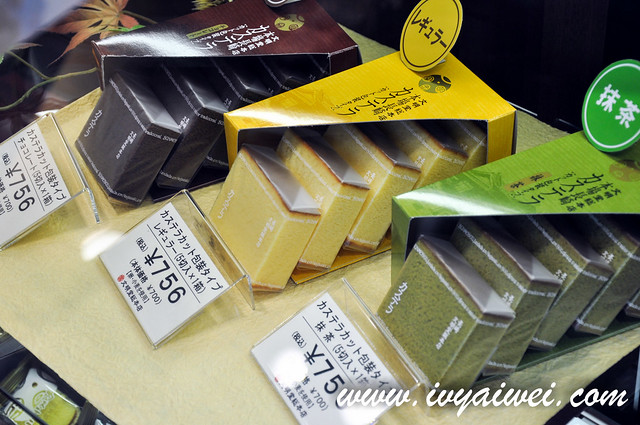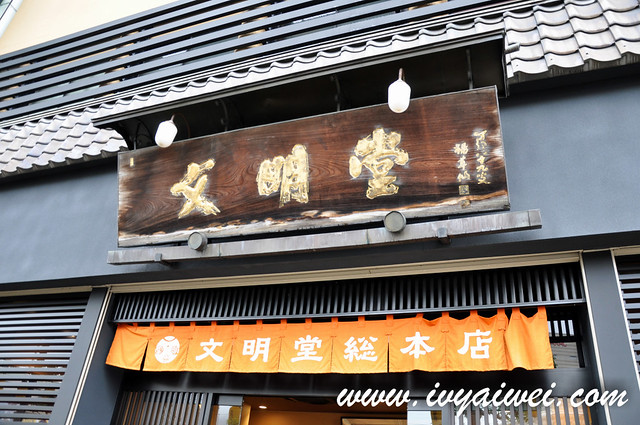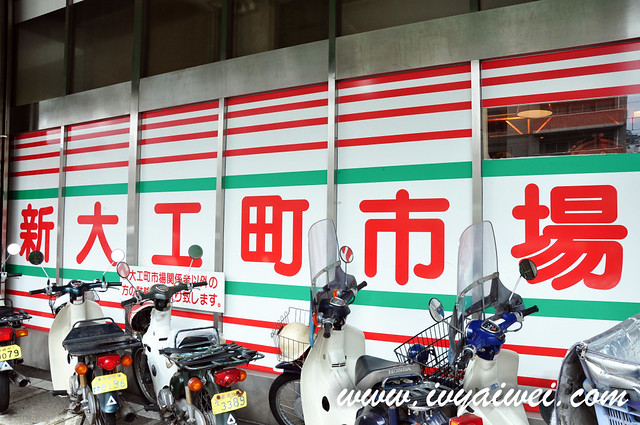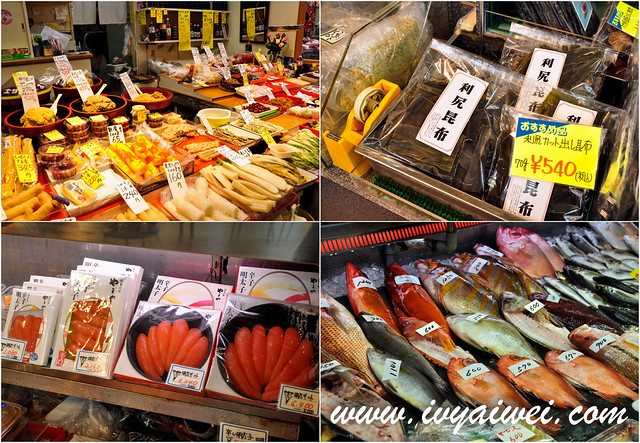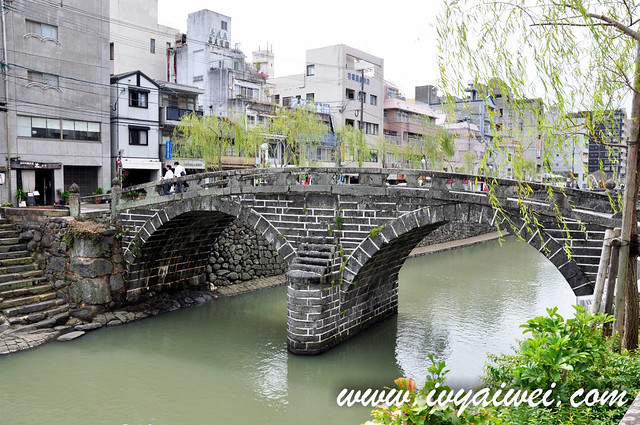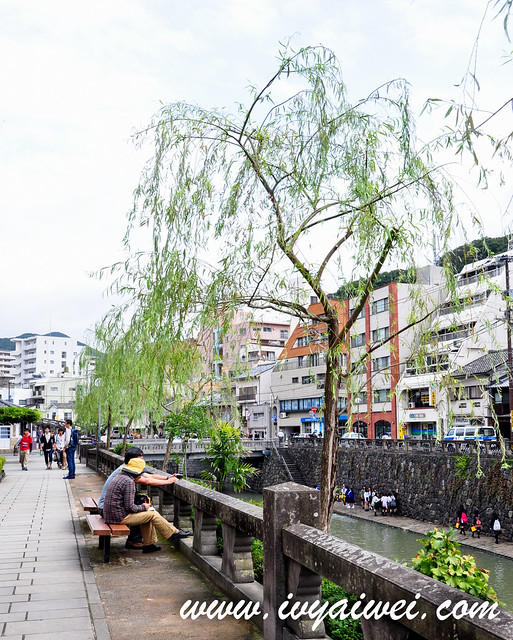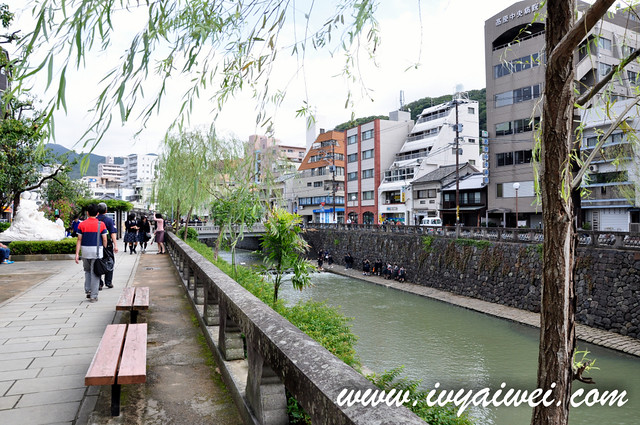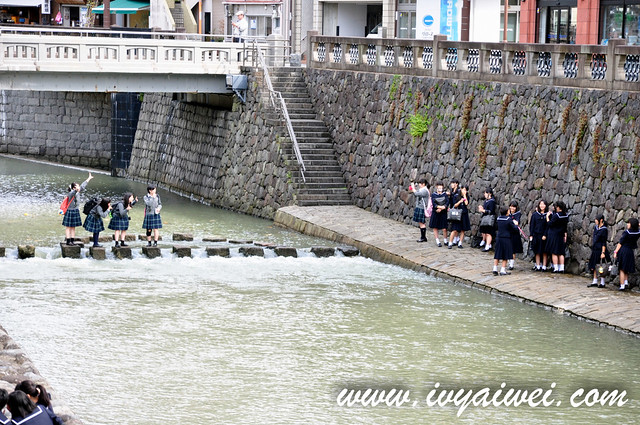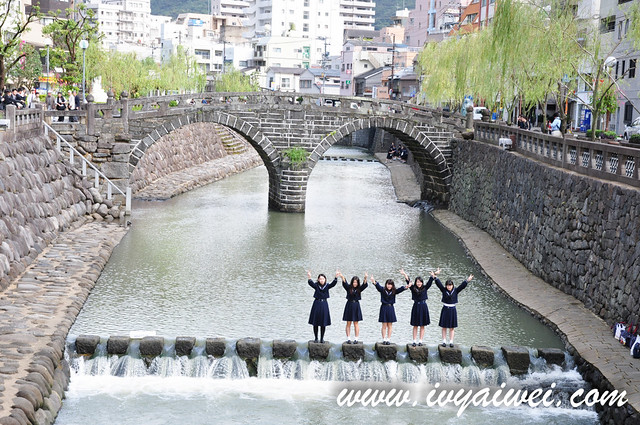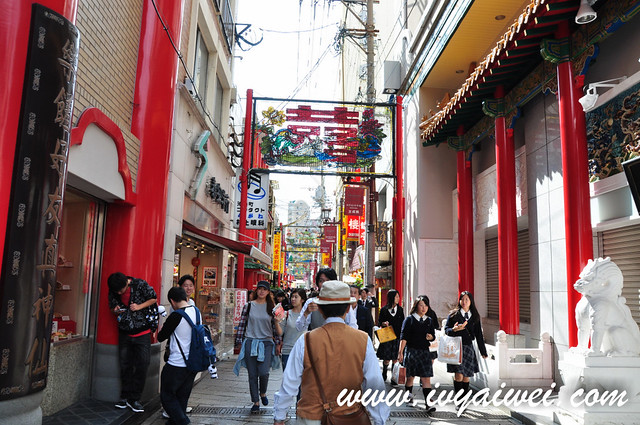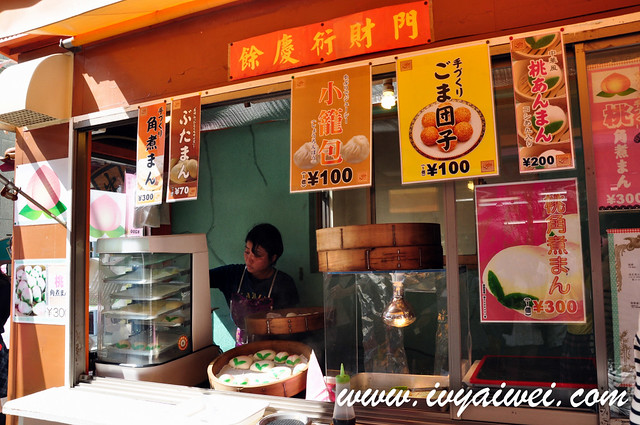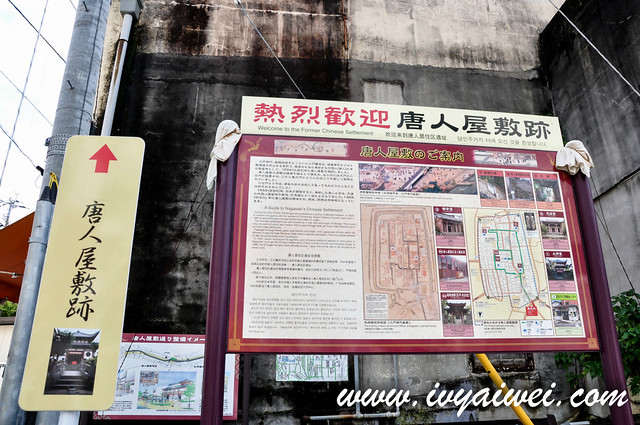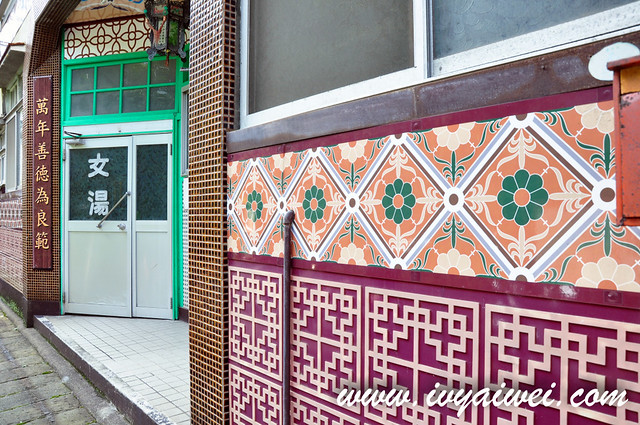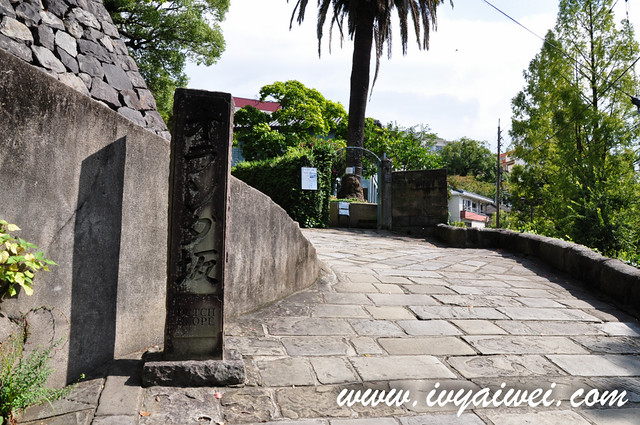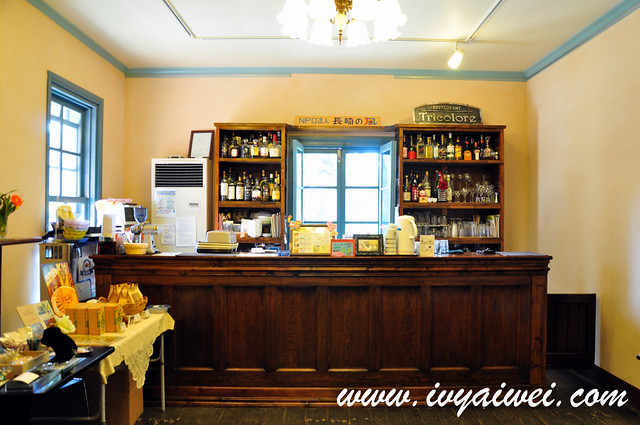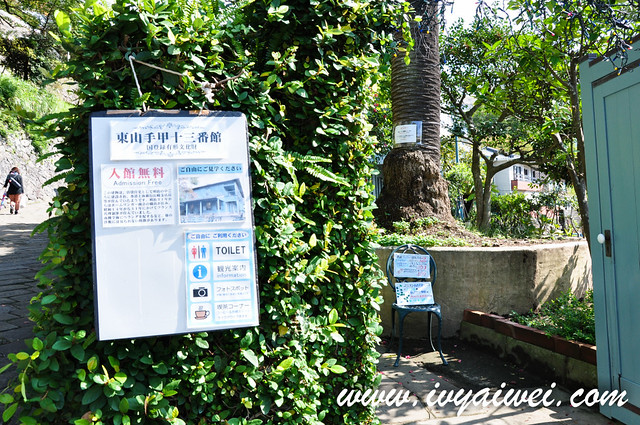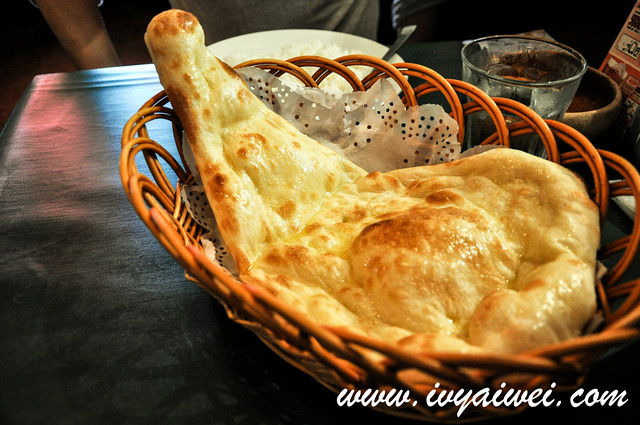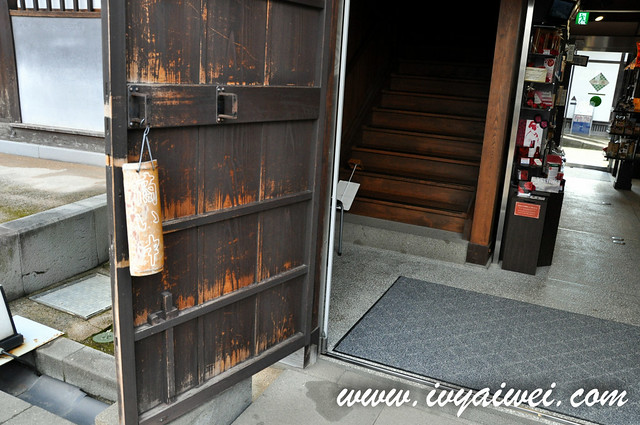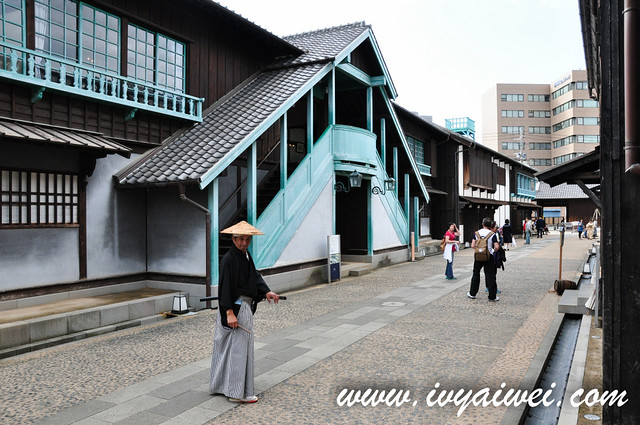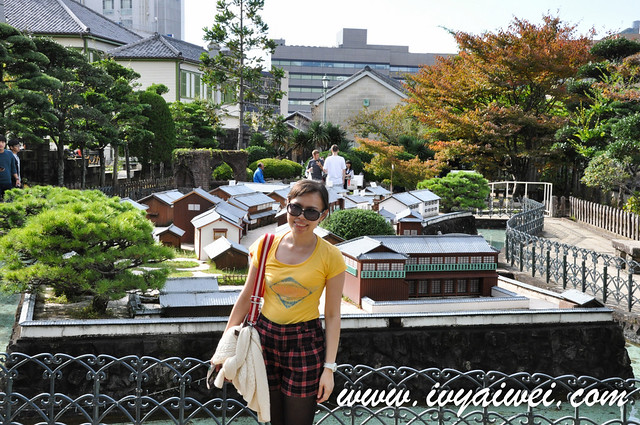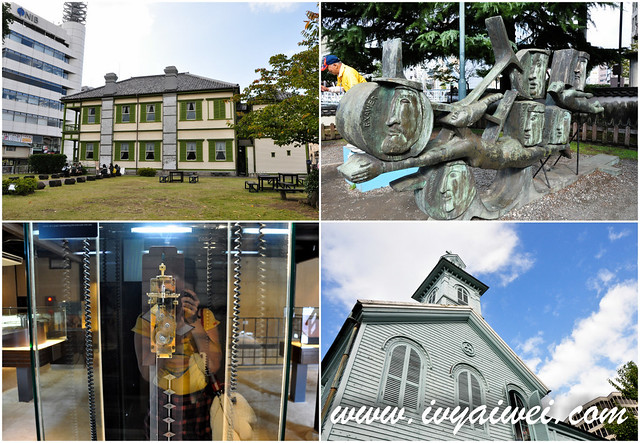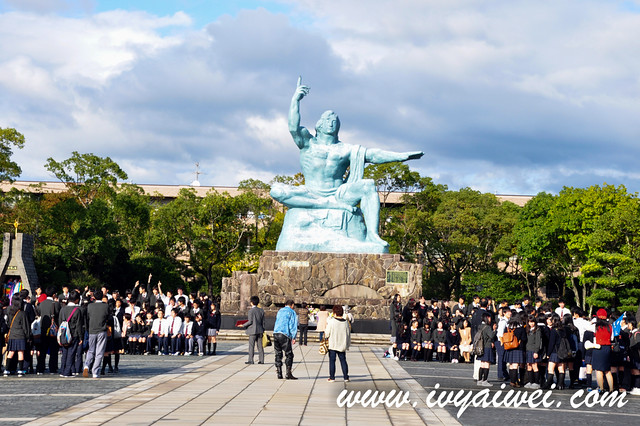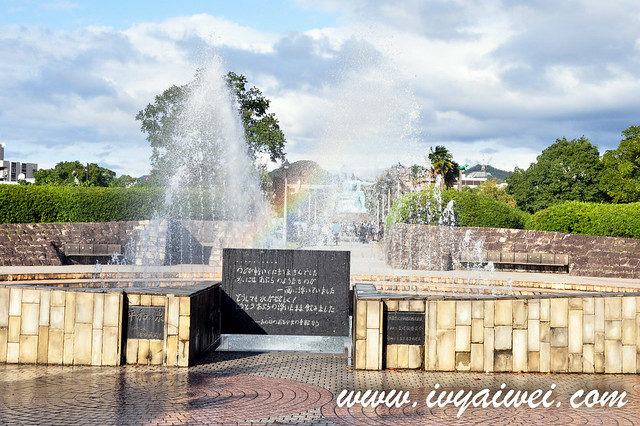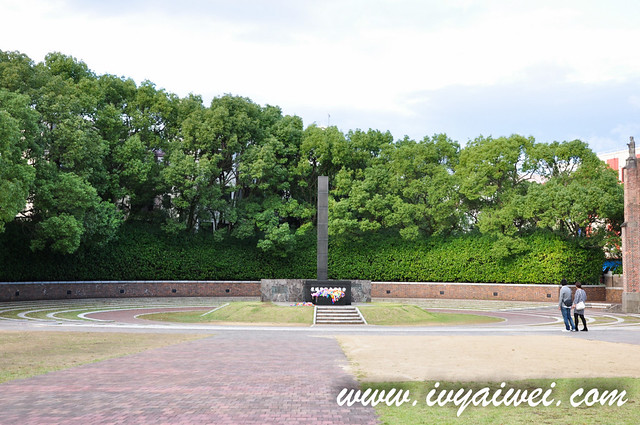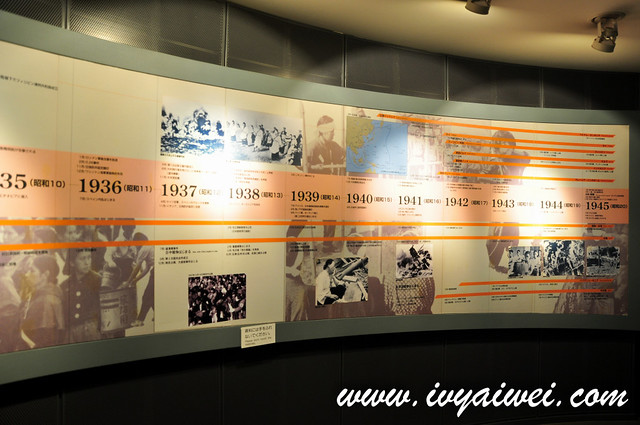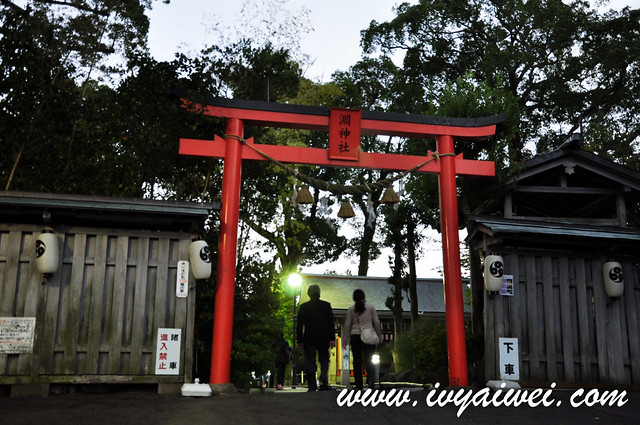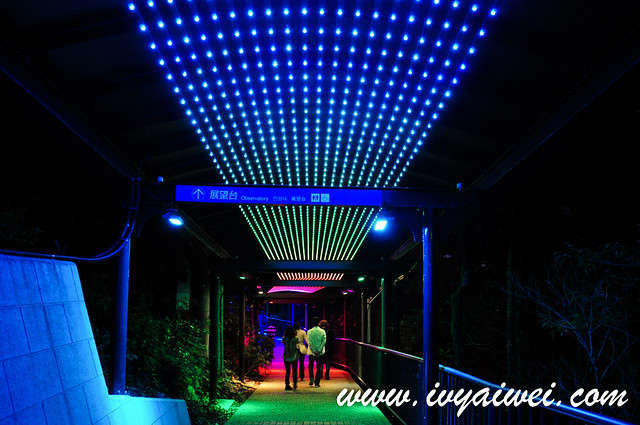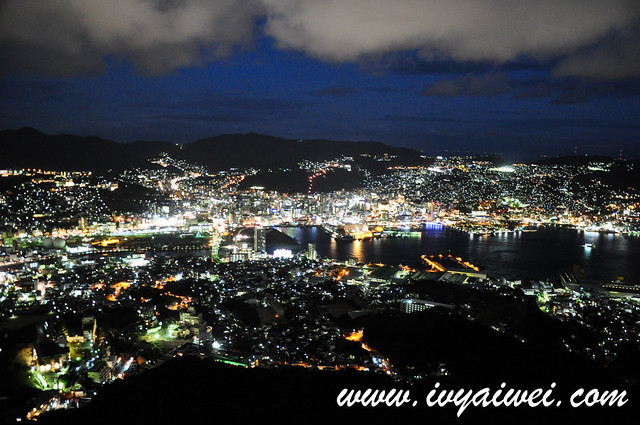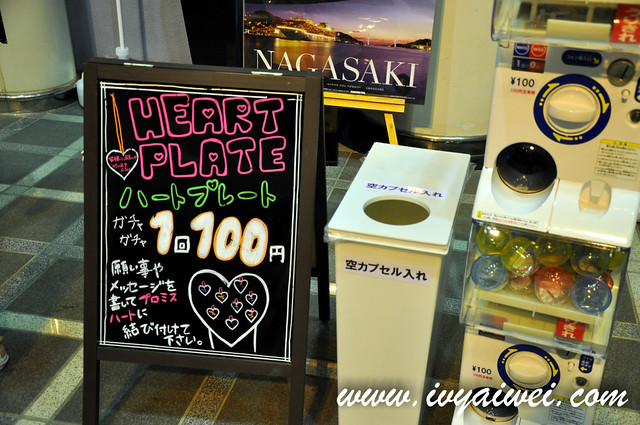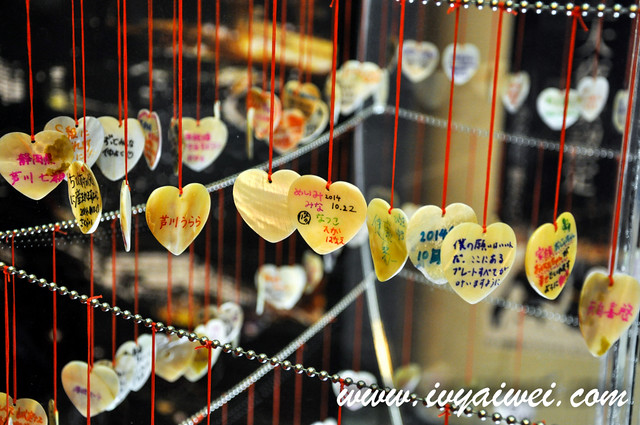Things to do in Nagasaki, Japan
Visiting Hiroshima and Nagasaki often come in a package. So did I, visited Nagasaki after Hiroshima (just a short pit stop) during my trip towards Kyushu 2 years back.
For full itinerary, check out my Japan Trip 2014: 9D8N Hiroshima & Kyushu Area
Nagasaki 長崎市
Nagasaki is the capital and largest city of Nagasaki Prefecture on Kyushu Island. Also, we learnt that, it is the second city targeted by the US Army Air Force after Hiroshima, and destroyed by an atomic bomb towards the end of World War II.
Besides that, during the Japan’s period of isolation, Nagasaki played an important role in foreign trade relations with other countries for many centuries.
It is pretty easy to move around Nagasaki. The mode of transportation here includes bus and streetcar (tram). Bus is convenient to travel around Nagasaki City and to suburban areas. Streetcar route extends from north and south, east and west of Nagasaki City.
I chose to move around Nagasaki City by the streetcar/ tram. The one day pass is just priced at ¥ 500.
Things to do in Nagasaki
1. Eat castella カステラ in Nagasaki
Made of eggs, sugar, syrup and flour, castella is a squarish light Japanese sponge cake that was brought in by Portuguese missionaries into Japan around 16th century.
Fluffy, light and sugary. A perfect idea for afternoon tea, to go with a cup of tea.
There are more flavours nowadays as Japanese has incorporated matcha into the cake.
I had mine from Bunmeido, one of the famous castella shops in Nagasaki.
2. Shop at Shindaikumachi 新大工町 and Siebold-dori
For fresh seafood, vegetables fruits or dried ingredients, you can find them here.
3. “Wear” the spectacles at Meganebashi Bridge
Meganebashi Bridge is also known as the spectacles bridge. It was built in 1634 by the Chinese Zen priest Mozi of Kofukuji Temple, the oldest stone arch bridge in Japan. On certain time of the day with perfect lighting or sunlight, it looks like a pair of spectacles when reflected in the river.
4. Immerse with the “Chinese cultures” in Nagasaki Chinatown
Also known as Shinchi Chinatown, one of the three largest Chinatowns in Japan alongside the one in Yokohama and Kobe. It is also the Japan’s oldest Chinatown which is established around 17th century where Nagasaki’s port remained the country’s only major port that was opened to Chinese trade during the era of isolation.
Today’s it is popular sightseeing place and also well known for its noodle dishes – champon and sara udon. You may find things like xiu long bao and Chinese bao here too. I wasn’t really hungry at that time, so I didn’t try out the local dishes here.
Getting here:
Take the streetcar/ tram to Tsukimachi tram stop (# 31) on lines 1 and 5, Nagasaki’s Chinatown is a short walk from tram stop.
5. Check out the Old Chinese Quarter in Nagasaki
Just a short distance from Chinatown, here is the area where the Chinese used to live or stay back then in 16th centuries. Tojin Yashiki is a mansion built for Chinese who came to Nagasaki. Back then, it consisted of two houses where 2000 people could live. The trade with China has been conducted since 1635 where goods were imported from China. With the increase of smuggling cases, the military government decided to limit places where Chinese merchants could settle and built these mansions. Nowadays, you will find the Dojin-do, kannon-do, Tenjo-do, Fukken house; which is all renovated during Meiji era.
6. Climb the steep slope- Hollander Slope
Also known as オランダ坂 (Oranda Zaka) Or Dutch slope refers to the steep streets of this hillside residential area.
The people of Nagasaki referred all non-Asians as “Hollanders” due to the influence of Dutch who lived in Dejima. The entire slope is named as Hollander Slope may be because Minami-yamate residents used the slove when they went to worship. But now, Hollander Slope is outstretching from Kwassui Women’s College to Kwassui Slope and in front Jokoin.
The western-style house in blue housed a café and it has a beautiful open-air place to sit down.
7. Savour the Indian cuisine in Milan Indian Curry Restaurant
Haha, you must think, I must be joking?! Go Japan eat Indian cusine??? Okay la, we randomly entered the restaurant and managed to try out how’s foreign dishes taste like in Japan.
Not 100%-ly authentic but quite close as it still has a bit of Japanese fused in their Indian dishes. And their Indian pork curry with “naan” was pretty yummy.
8. Immerse into the history of olden days
Dejima 出島 was a fan shape manmade island in the port of Nagasaki, played an important role in modernization of japan. It was constructed to separate the Portuguese residents from the Japanese during the Edo period; also as residential quarters of the Dutch during the isolation period.
Taking photo with the miniature model of Dejima. About the scale of 1/15.
Getting here:
Take the streetcar/ tram to Dejima tram stop (# 30) on lines 1.
Admission fee: ¥ 510
9. Peace Park
The Nagasaki Peace Park commemorates the atomic bombing of Nagasaki of August 9, 1945 during the World War II.
This park is the home for Peace Statue and other memorials.
Fountain of Peace; constructed for the souls of Atomic bomb victims who died searching for water with their hideously burned bodies.
Atomic Bomb Epicenter
10. Nagasaki Atomic Bomb Museum
A place where covers the history of bombing of Nagasaki. The museum exhibits the scene of war, the dropping of atomic bomb, reconstruction of Nagasaki and the present day.
Nagasaki Atomic Bomb Museum
7-8 Hirano-machi, Nagasaki, 852-8117, Japan
Admission fee: ¥ 200
11. Snack out at Kandori Hamanomachi
12. Catch the magnificient night view at Mount Inasa
Inasayama is a 333 meter high mountain. The night view here is ranked as one of the best three night views in Japan besides the views from Mount Hakodate and Mount Rokko.
Believers visit Fuchi Shrine to pray for good marriages, academic success and safe childbirth.
The ropeway takes about 5 minutes from Ropeway Fuchi Jinja Station to Ropeway Inasadake Station.
The tunnel of light
Just amazing! Seeing a jewellery box of light under my feet.
You can put your love note here.
Getting here:
From the Peace Park, board the streetcar at Matsuyamamachi, transger at Takaramachi to the Nagasaki Bus No. 3 or 4 for Shimo-Ohashi/ Koebaru/ Aigawa. It takes about 5 mins to Ropewaymae bus stop and about 2 minutes’ walk to the station.
Fee: ¥ 1230 for round trip; ¥ 720 for one way (from Ropeway Fuchi Jinja Station to Ropeway Inasadake Station)
